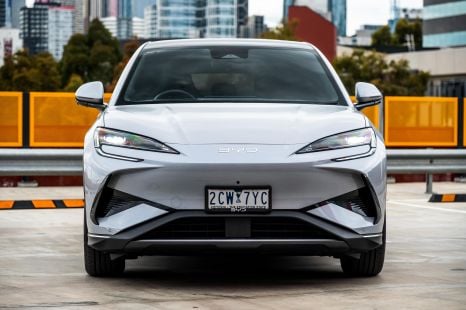

James Wong
2026 BYD Sealion 7 review
5 Hours Ago
The Lotus Elise is an icon. It's been reborn for 2023 by Callum Design, with ultra-fast charging batteries from a British startup.

Contributor
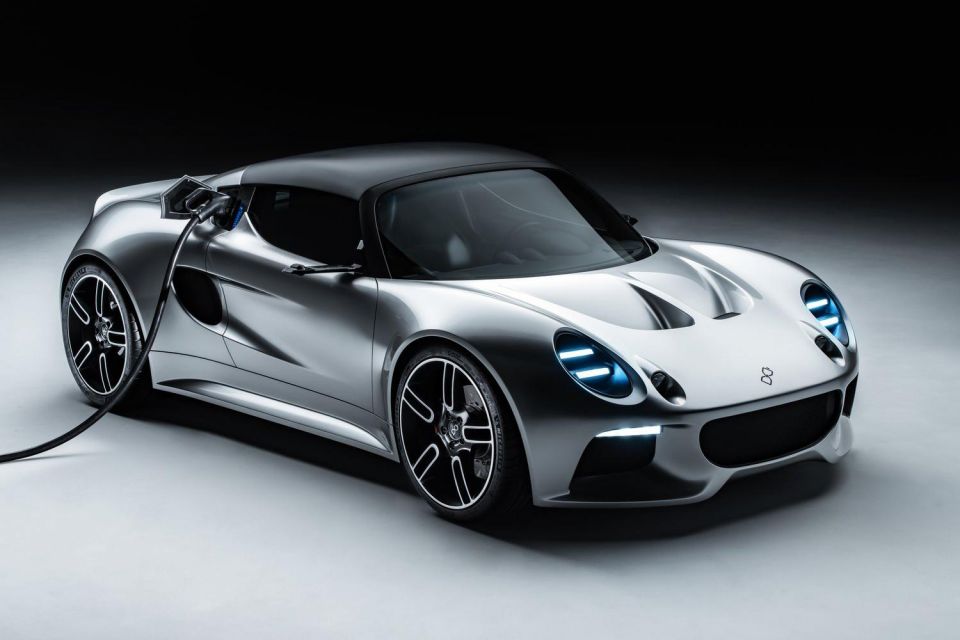

Contributor
Simplify, then add batteries. It’s not quite the mantra that inspired the first-generation Lotus Elise, but it’s the approach designer Julian Thomson and British battery supplier Nyobolt took.
The concept you’re looking at was imagined by Thomson, and has been brought to life by the design and engineering firm founded by his one-time colleague at Jaguar, Ian Callum.
Although it’s easily identifiable as a Lotus Elise S1, the proportions have been exaggerated and the lights have been updated for 2023. It’s 100mm wider and 150mm longer than the original, and the rear-view mirrors have been subbed out for cameras. The wheels are 19-inch units.

“Rather than take a resto-mod approach, the aim was to evolve the design and bring it up to date, while keeping that understated, everyman sports car feel that was so well received in the Elise,” Callum creative lead Aleck Jones said in a media release.
“We needed to ensure that we maintained the right attitude with the body, so it’s nose-down, taking that same aggressive stance.”
Under the skin are batteries from British startup Nyobolt. The 35kWh unit can be charged from empty to 100 per cent in just six minutes, and are good for more than 2000 fast charge cycles without significant performance loss.

Claimed range is 250km, and the companies argue the electrified Elise will be true to the original when you point its nose at a twisty road.
“Nyobolt’s technology allows this car to tick all the boxes that made the original Elise such a desirable drivers’ car with a cult following, but it’s electric.
“These two things don’t usually come hand-in-hand due to weight and battery packaging constraints,” Jones said.
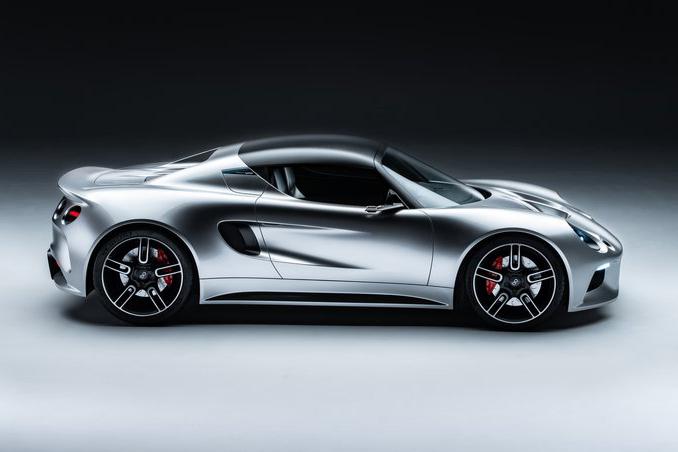
Nyobolt says its fast charging technology will be ready to hit production early in 2024.
Scott Collie is an automotive journalist based in Melbourne, Australia. Scott studied journalism at RMIT University and, after a lifelong obsession with everything automotive, started covering the car industry shortly afterwards. He has a passion for travel, and is an avid Melbourne Demons supporter.


James Wong
5 Hours Ago


Damion Smy
14 Hours Ago
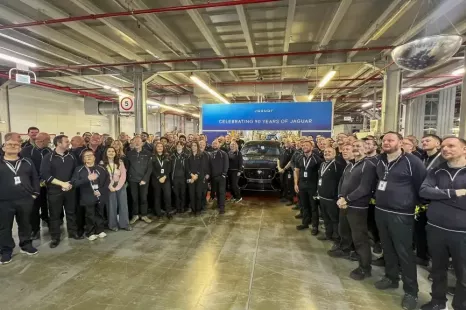

Damion Smy
17 Hours Ago
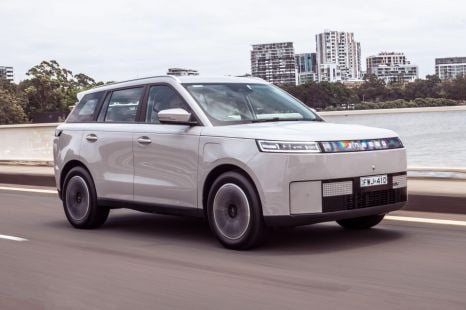

Josh Nevett
19 Hours Ago
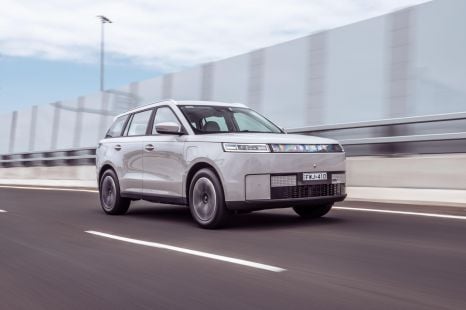

Josh Nevett
19 Hours Ago
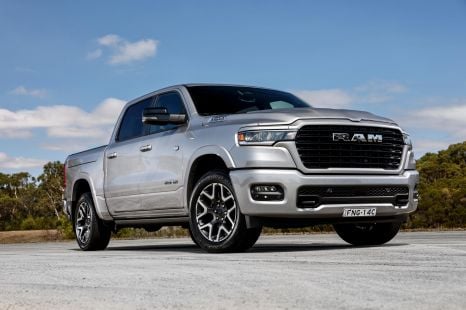

Damion Smy
20 Hours Ago